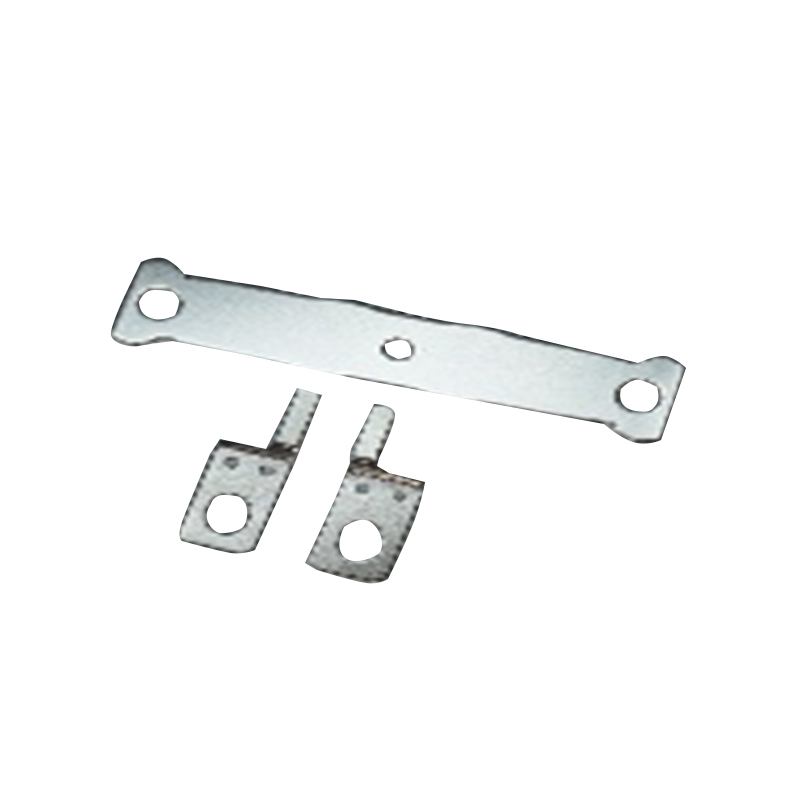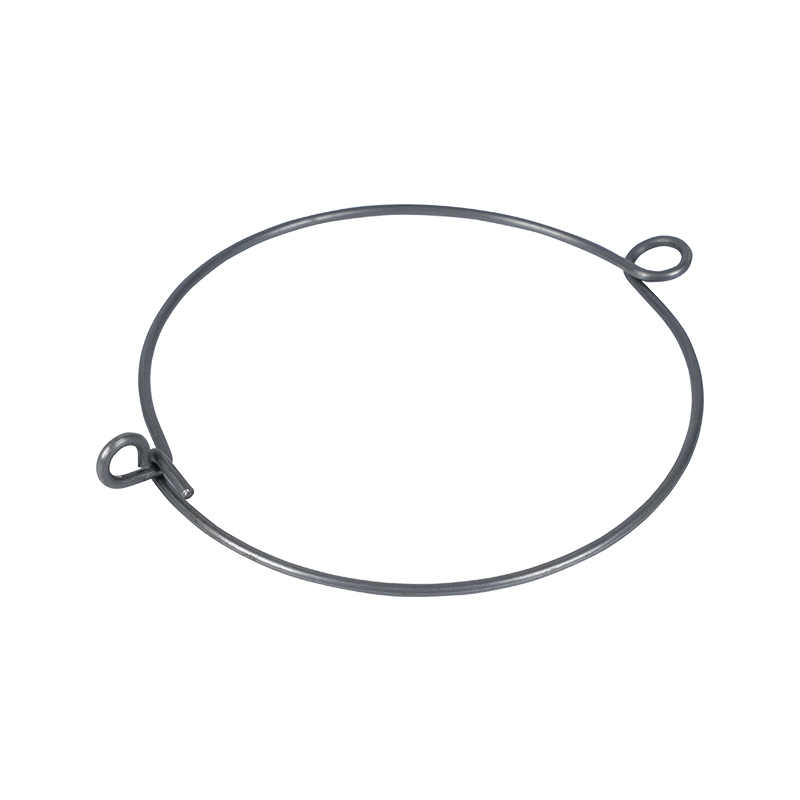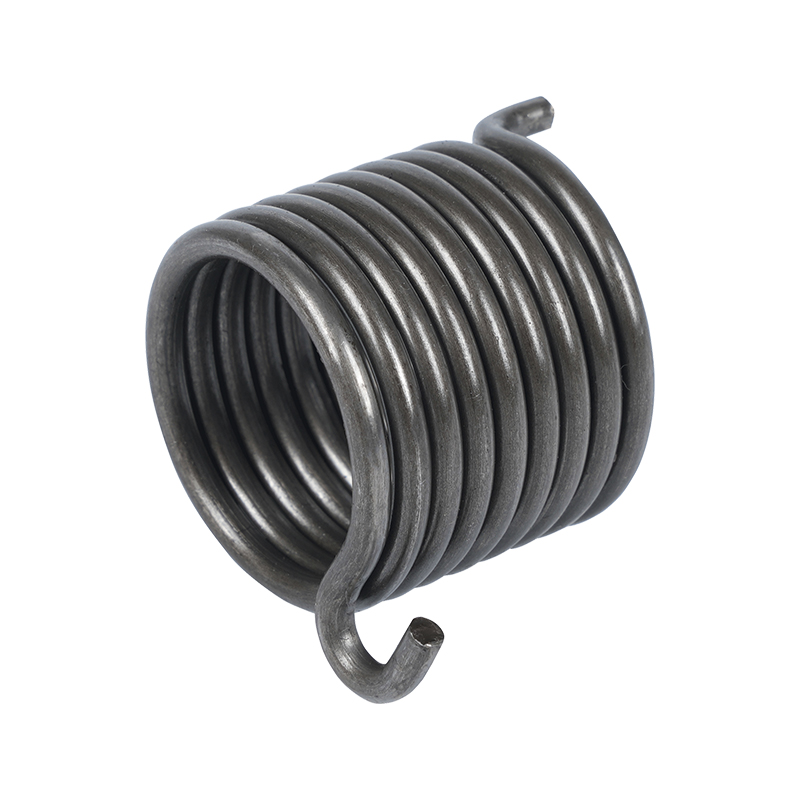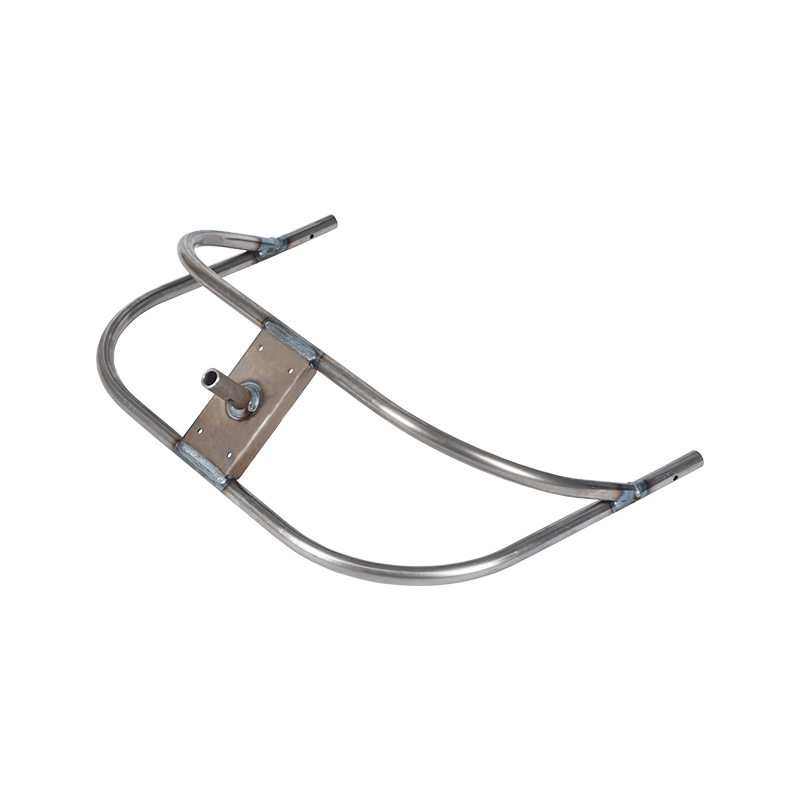Custom Cast Aluminum Components for Precision Engineering Projects
In the world of modern engineering, materials play a critical role in determining the performance and longevity of components. Among the various options available, Custom Cast Aluminum has emerged as a reliable choice for a wide range of industrial and mechanical applications. Its combination of strength, light weight, and flexibility allows engineers to design components that meet specific project requirements without compromising durability.

Advantages of Custom Cast Aluminum
One of the key benefits of using Custom Cast Aluminum is its versatility. It can be molded into complex shapes with precise tolerances, making it suitable for intricate parts that would be challenging to produce using other metals. This adaptability is particularly useful in industries such as automotive, aerospace, and industrial machinery, where precision and consistency are essential. Additionally, aluminum's natural corrosion resistance reduces the need for frequent maintenance, offering long-term reliability in various environments.
Applications Across Industries
Custom Cast Aluminum components are widely applied in areas where both strength and weight reduction are important. For example, in automotive engineering, aluminum parts contribute to improved fuel efficiency without sacrificing structural integrity. In aerospace projects, lightweight components help reduce overall aircraft weight, which in turn improves performance and lowers operational costs. Beyond transportation, these components are also used in industrial machinery, robotics, and energy equipment, demonstrating their broad applicability.
Integration with Customized Stainless Steel
In many projects, Custom Cast Aluminum is used alongside Customized Stainless Steel to combine the unique properties of both materials. Stainless steel offers reliable durability and wear resistance, making it ideal for areas subjected to high stress or friction. By integrating Customized Stainless Steel elements with aluminum components, engineers can achieve a balance of light weight, strength, and long-term reliability. This combination allows for the creation of parts that perform well under demanding conditions while maintaining precise specifications.
Precision Manufacturing Techniques
Creating Custom Cast Aluminum components requires careful planning and advanced manufacturing processes. Techniques such as sand casting, die casting, and investment casting are often employed to achieve the desired shapes and tolerances. Each method offers distinct advantages depending on the complexity and size of the component. Investment casting, for example, is particularly suited for intricate designs, whereas die casting provides a smooth surface finish and is ideal for high-volume production.
Surface Treatments and Finishes
After casting, Custom Cast Aluminum components often undergo surface treatments to enhance appearance, durability, and corrosion resistance. Anodizing, powder coating, and mechanical polishing are common processes that not only improve aesthetics but also provide an extra layer of protection against environmental factors. When combined with Customized Stainless Steel elements, these treatments ensure that the finished assembly meets both functional and visual requirements.
Tailored Solutions for Specific Needs
One of the key reasons engineers prefer Custom Cast Aluminum is the ability to tailor components to the unique needs of a project. From modifying dimensions to adjusting wall thickness or integrating specialized features, custom aluminum parts provide flexibility that standard components cannot offer. When paired with Customized Stainless Steel, these tailored solutions can address complex engineering challenges, allowing teams to create assemblies that meet exact performance criteria while remaining cost-effective.
Custom Cast Aluminum and Customized Stainless Steel together provide a compelling solution for precision engineering projects across multiple industries. Their complementary properties allow designers and engineers to create components that are strong, durable, and lightweight, without compromising on precision or functionality. By leveraging advanced casting techniques, careful material selection, and surface treatments, it is possible to achieve components that meet demanding specifications and contribute to the overall success of engineering projects. Whether in transportation, industrial machinery, or specialized equipment, these materials continue to play a vital role in modern engineering solutions.


 English
English русский
русский Español
Español











